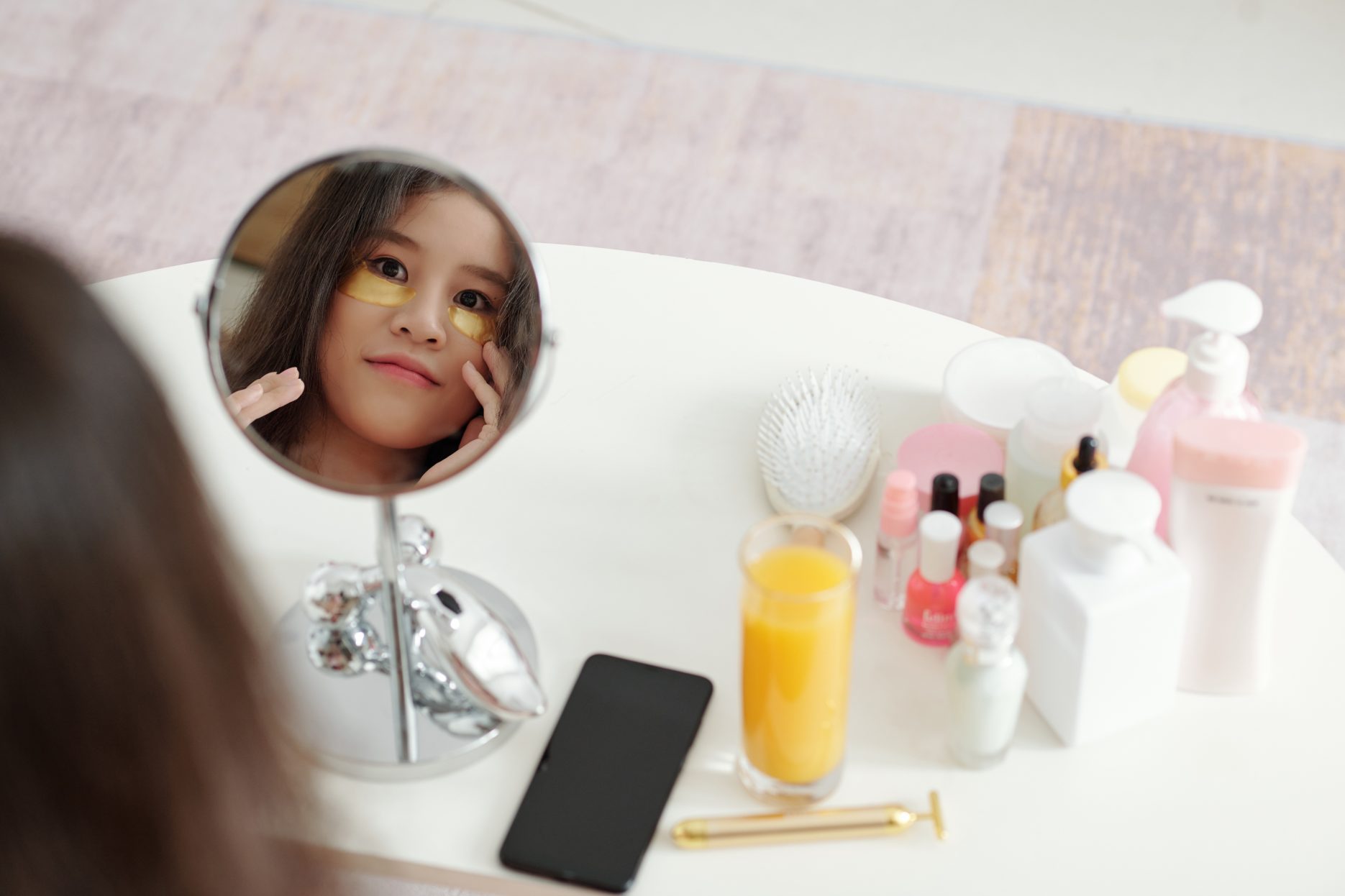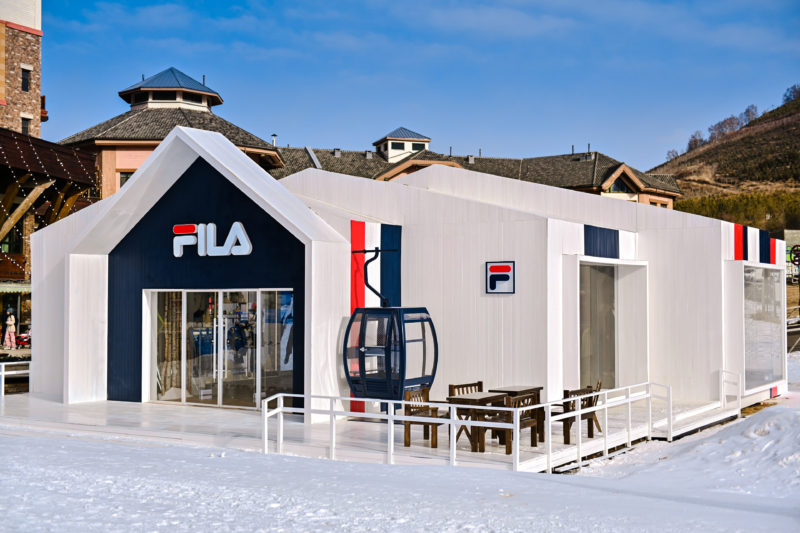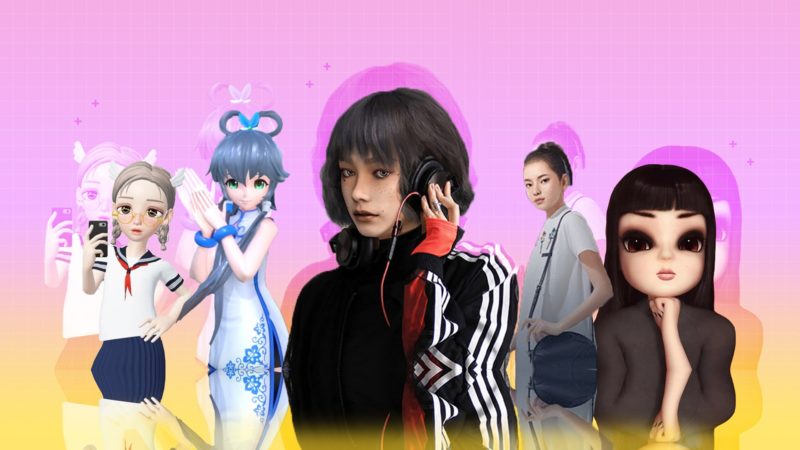For many Gen-Z women, using high-end Japanese skincare brands like Shiseido and SK-II in their early 20s used to be something to brag about. For many of them, Japanese brands were their priority when choosing to invest in skincare products.
However, this is no longer the case. When you look at the Double 11 cosmetic sales of Tmall from 2019 to 2021, it is clear to see that the top 3 skincare/cosmetic brands are all from Europe or North America, including Estée Lauder, Lancôme, and L’Oréal. It seems like Japanese brands are losing their popularity in the Chinese market, but what is the reason behind this?
In the 2010s, many post-90s and later Gen-Z women started to go to universities and understand more about skincare, especially how to build up their daily skincare routine and use make-up to boost confidence or for different occasions. They were eyeing cost-effective and basic skin care lotions, creams, or serums, mainly from Japanese brands which were when these women were still students or not yet financially independent.
However, since 2018, there have been more competitive Western skincare brands introducing anti-ageing and more functional high-end products into the Chinese market. A great example would be the ‘La Mer Regenerating Serum’ and the ‘Helena Rubinstein Powercell Skinmunity Serum’ which are both targeting the late 20s and above age group. The ingredients inside were chosen specifically to tackle wrinkles and lines, which is what the aforementioned post-90s and Gen-Z women are looking for.
On the contrary, Japanese brands haven’t introduced many new technologies for their high-end, anti-ageing products. Instead, what they are trying to do is maintain the quality and make full use of their core ingredients. As a result, their marketing campaigns seem less alluring compared with Western brands which put emphasis on technology breakthroughs in their new product lines.
If you take a look at the sales data from Shiseido Group, L’Oreal Group, and Estée Lauder Group (the top representatives of Japanese, European, and American brands) in 2021, Shiseido increased 12.4%, which is lower than L’Oreal’s 16.1% and Estée Lauder’s 15.4% when compared with the previous year.
Another reason for this is that brands are delivering different marketing campaigns. In addition to Estée Lauder brands such as Lancôme, Helena, Sisley, Saint Laurent, and other Western brands have already become frequently seen on social media live broadcasts like Xiaohongshu and Weibo. However, for Japanese brands, except for top brands such as Shiseido and SK-II, the marketing concepts of most brands remain in the era of conventional media such as magazines and TV.
In January, the CEO of Shiseido Group, Masahiko Uotani, pointed out that Shiseido will implement business reforms centred on skincare and beauty products. Shiseido is also aiming to become the world’s No.1 beauty and skincare company by 2030. Whether Shiseido can bring Japanese beauty back to its peak, is something that remains to be seen.









